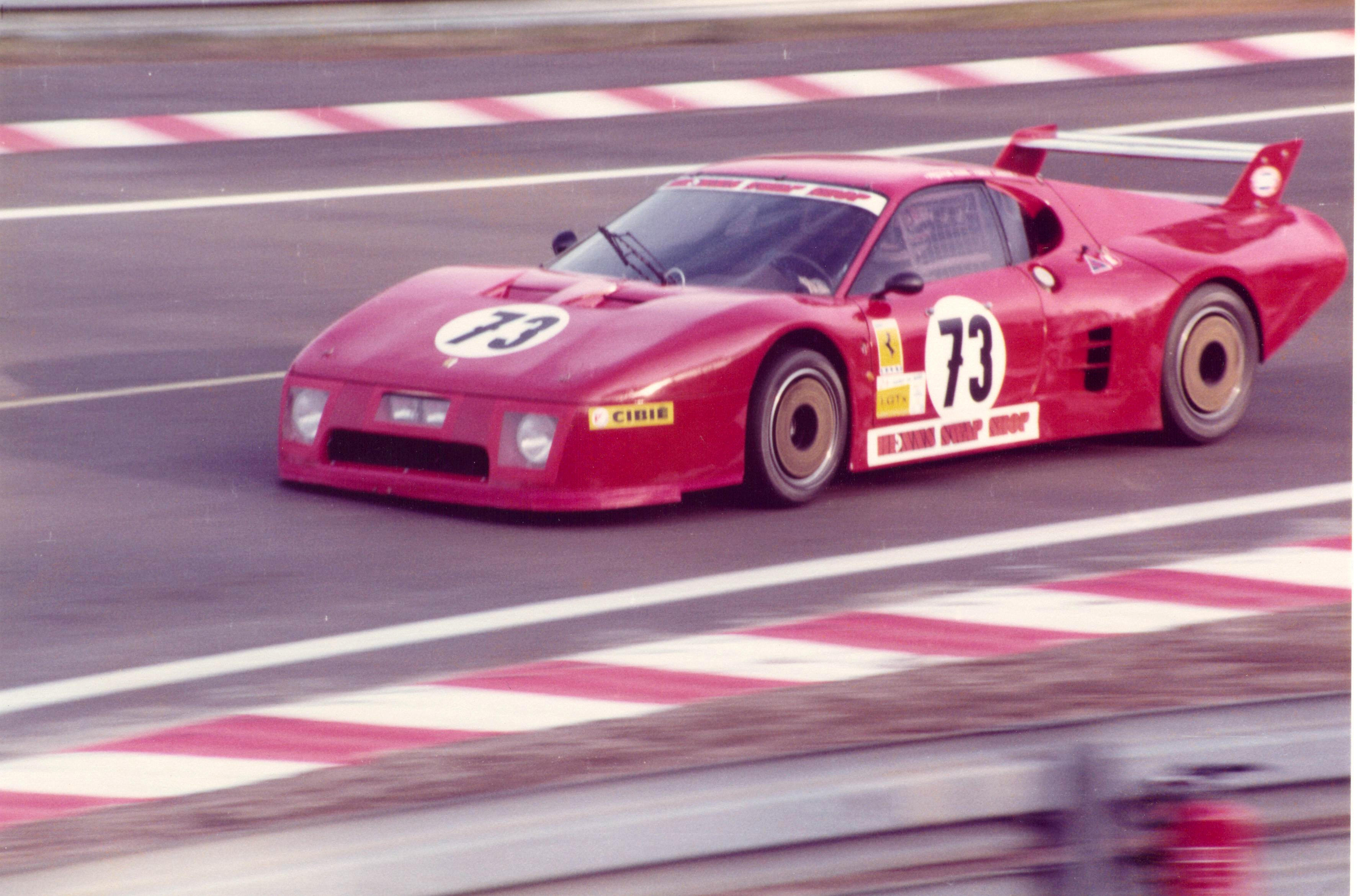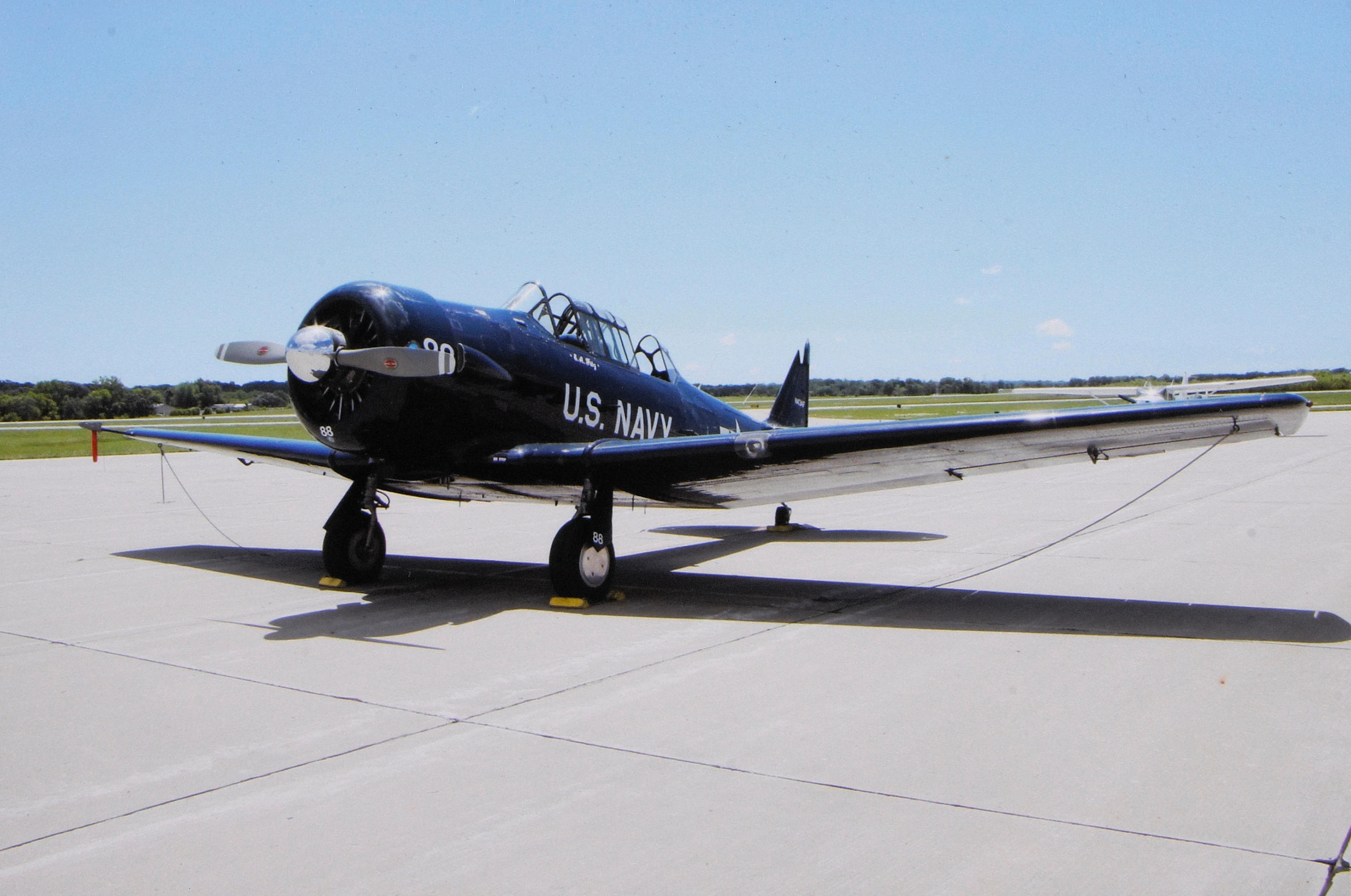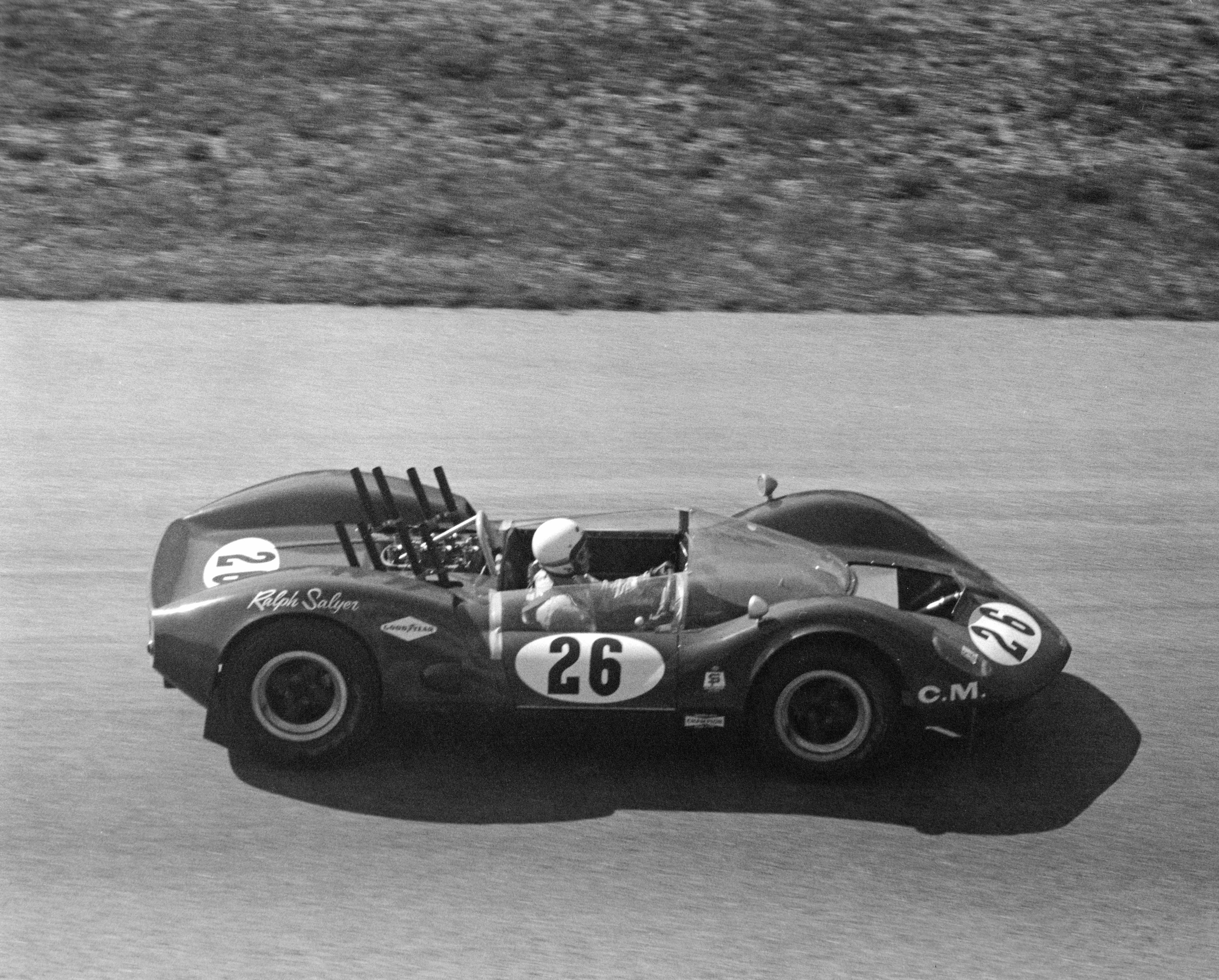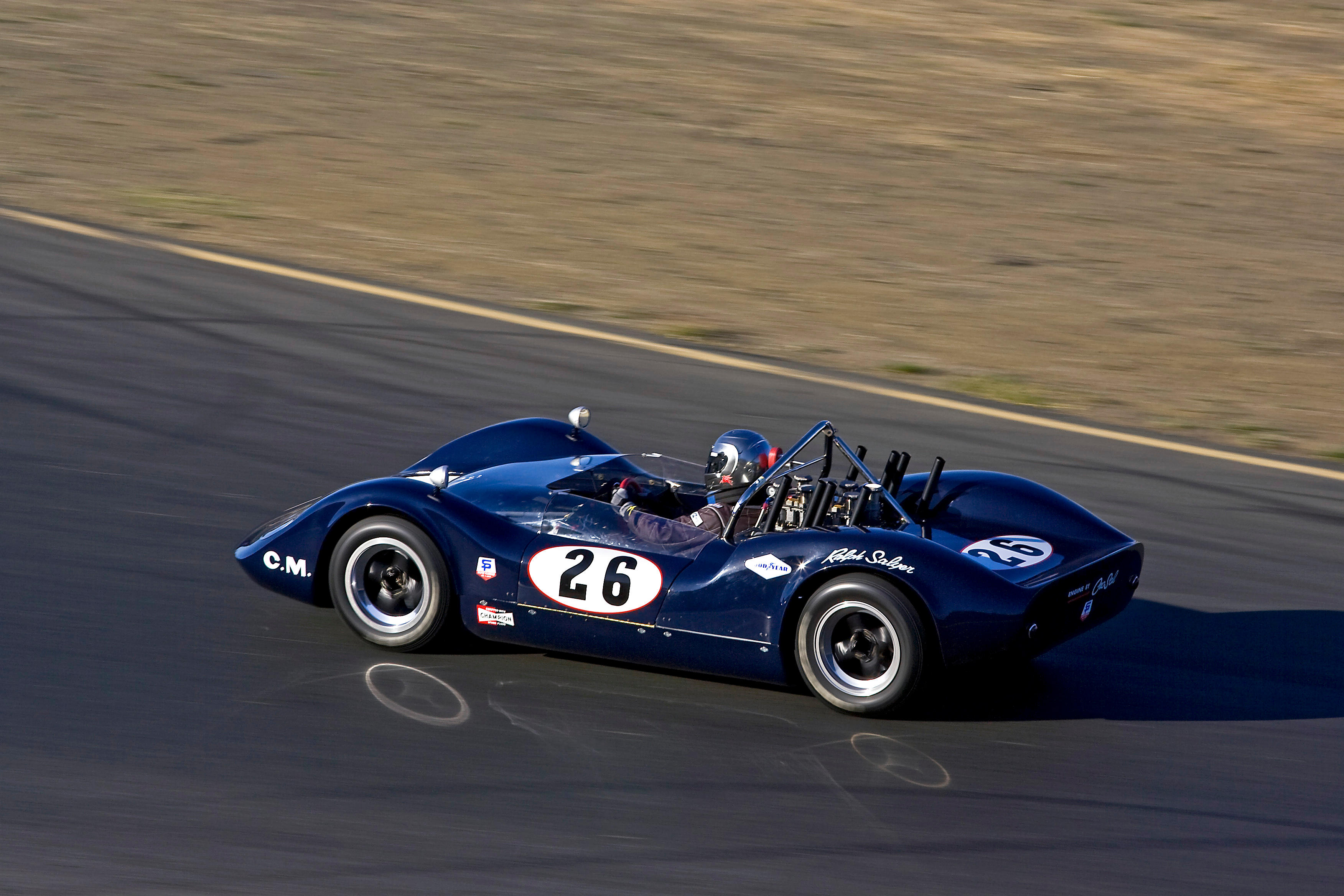Ferrari established a landmark in its production road car design in 1973-74 with the release of its rear-engined flat-12 365 Boxer Berlinetta model. The 365 Boxer reigned supreme for a period, as the fastest and most sensationally-specified 'supercar' anywhere on the world's markets, but increasingly restrictive pollution and noise legislation – particularly in the USA, meant the design had to be re-considered. Ferrari decided that the 4.4-litre engine should be enlarged to 4942 cc through increasing both the bore and stroke dimensions. The larger-capacity power unit could then provide the same power and torque levels at reduced engine revolutions, while the new 5-litre engine was also to use racing-style dry-sump lubrication to eradicate oil surge problems which might be caused by the increased cornering power and speeds of the more powerful car. Ferrari began to consider a return to endurance racing competition with a version of their production Gran Turismo design. This was to be the first time the old front-engined 365GTB/C Daytona had been phased out and the 312PB works team sports-prototypes had completed the 1973 racing season, that Ferrari was seriously considering any other form of competition than Formula 1. The move was made in preparation for the 1978 Le Mans 24-Hour race – and two special 512 Boxer Berlinetta/Le Mans (512BB/LM) cars were prepared by outside sub-contractors in Italy, to be campaigned by the company's long-faithful French concessionaire Charles Pozzi with another one prepared for American East Coast concessionaire Luigi Chinetti, and a fourth by the Belgian concessionaire Garage Francorchamps, for industrialist Jean Blaton – himself a Le Mans veteran racing under the pseudonym 'Beurlys'. These cars were lightened and stripped down to around 2,425lbs weight while the flat-12 5-litre engines were developed to deliver around 460-horsepower. A larger nose spoiler was fitted; balanced out along the car's length by a rear aerodynamic wing. These 1978 Ferrari 512BB/LM cars were faster through the Sarthe circuit's high-speed curves than the old Daytonas and so lapped faster, but the transmission in these rather hastily modified and undeveloped cars proved fragile, and the results were elusive. The Fiat-Ferrari combine had been encouraged – however – and with noisy encouragement from their concessionaires and with racing customers willing to open their cheque books and pay hard cash for some sport, a second series of 512BB/LM cars, was developed to higher specification. Fuel injection helped raise power output to some 480 bhp at 7,200rpm while mid-range torque was boosted by an even greater proportion. The suspect transmission was developed and strengthened for racing, and oil cooling radiators were added to preserve it for a full 24-hour race distance. Brakes and suspension were also further refined and upgraded while the cars' aerodynamic bodyforms were improved through wind tunnel testing. The new long-tailed 512BB/LMs emerged as really exotic-looking projectiles, and with their weight further reduced to around 2,370 lbs they were not only going to be very fast in a straight line, but also relatively nimble around the tighter corners. Two of these new 512BB/LM cars were produced for the Pozzi team and one for Luigi Chinetti's NART organization. They made their racing debut in the 1979 Daytona 24-Hours in Florida but experienced severe tyre problems on the part-banked circuit and every one was forced to retire. At Le Mans the Belgian 'Beurlys' car joined the ex-Daytona trio, but Michel Leclere's Pozzi team entry collided with a slower car early on the Sunday morning while its sister, driven by Jean-Claude Andruet/Spartaco Dino, ran (extraordinarily) as high as third before succumbing to lubrication failure Chassis 35527, a truly magnificent Le Mans 24-Hours race Ferrari Boxer Berlinetta is the 23rd of only 25 such cars built during the late 1970s/early 1980s. Of these ultra rare prototypes designed and bui
Ferrari established a landmark in its production road car design in 1973-74 with the release of its rear-engined flat-12 365 Boxer Berlinetta model. The 365 Boxer reigned supreme for a period, as the fastest and most sensationally-specified 'supercar' anywhere on the world's markets, but increasingly restrictive pollution and noise legislation – particularly in the USA, meant the design had to be re-considered. Ferrari decided that the 4.4-litre engine should be enlarged to 4942 cc through increasing both the bore and stroke dimensions. The larger-capacity power unit could then provide the same power and torque levels at reduced engine revolutions, while the new 5-litre engine was also to use racing-style dry-sump lubrication to eradicate oil surge problems which might be caused by the increased cornering power and speeds of the more powerful car. Ferrari began to consider a return to endurance racing competition with a version of their production Gran Turismo design. This was to be the first time the old front-engined 365GTB/C Daytona had been phased out and the 312PB works team sports-prototypes had completed the 1973 racing season, that Ferrari was seriously considering any other form of competition than Formula 1. The move was made in preparation for the 1978 Le Mans 24-Hour race – and two special 512 Boxer Berlinetta/Le Mans (512BB/LM) cars were prepared by outside sub-contractors in Italy, to be campaigned by the company's long-faithful French concessionaire Charles Pozzi with another one prepared for American East Coast concessionaire Luigi Chinetti, and a fourth by the Belgian concessionaire Garage Francorchamps, for industrialist Jean Blaton – himself a Le Mans veteran racing under the pseudonym 'Beurlys'. These cars were lightened and stripped down to around 2,425lbs weight while the flat-12 5-litre engines were developed to deliver around 460-horsepower. A larger nose spoiler was fitted; balanced out along the car's length by a rear aerodynamic wing. These 1978 Ferrari 512BB/LM cars were faster through the Sarthe circuit's high-speed curves than the old Daytonas and so lapped faster, but the transmission in these rather hastily modified and undeveloped cars proved fragile, and the results were elusive. The Fiat-Ferrari combine had been encouraged – however – and with noisy encouragement from their concessionaires and with racing customers willing to open their cheque books and pay hard cash for some sport, a second series of 512BB/LM cars, was developed to higher specification. Fuel injection helped raise power output to some 480 bhp at 7,200rpm while mid-range torque was boosted by an even greater proportion. The suspect transmission was developed and strengthened for racing, and oil cooling radiators were added to preserve it for a full 24-hour race distance. Brakes and suspension were also further refined and upgraded while the cars' aerodynamic bodyforms were improved through wind tunnel testing. The new long-tailed 512BB/LMs emerged as really exotic-looking projectiles, and with their weight further reduced to around 2,370 lbs they were not only going to be very fast in a straight line, but also relatively nimble around the tighter corners. Two of these new 512BB/LM cars were produced for the Pozzi team and one for Luigi Chinetti's NART organization. They made their racing debut in the 1979 Daytona 24-Hours in Florida but experienced severe tyre problems on the part-banked circuit and every one was forced to retire. At Le Mans the Belgian 'Beurlys' car joined the ex-Daytona trio, but Michel Leclere's Pozzi team entry collided with a slower car early on the Sunday morning while its sister, driven by Jean-Claude Andruet/Spartaco Dino, ran (extraordinarily) as high as third before succumbing to lubrication failure Chassis 35527, a truly magnificent Le Mans 24-Hours race Ferrari Boxer Berlinetta is the 23rd of only 25 such cars built during the late 1970s/early 1980s. Of these ultra rare prototypes designed and bui















Try LotSearch and its premium features for 7 days - without any costs!
Be notified automatically about new items in upcoming auctions.
Create an alert